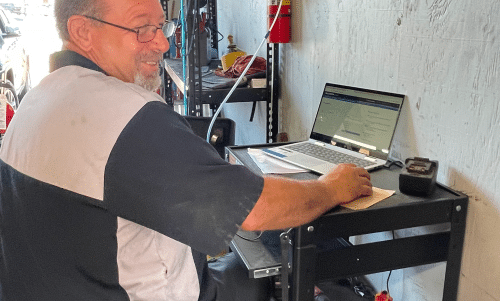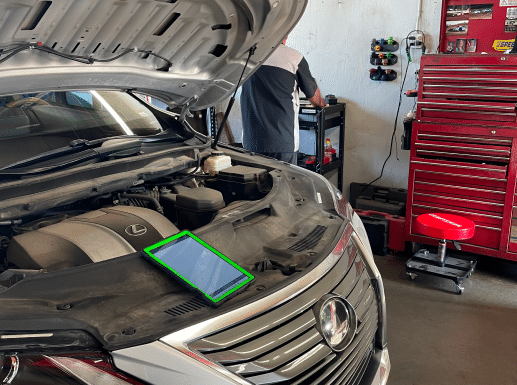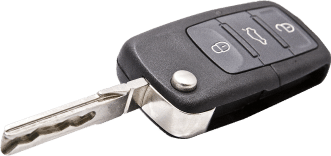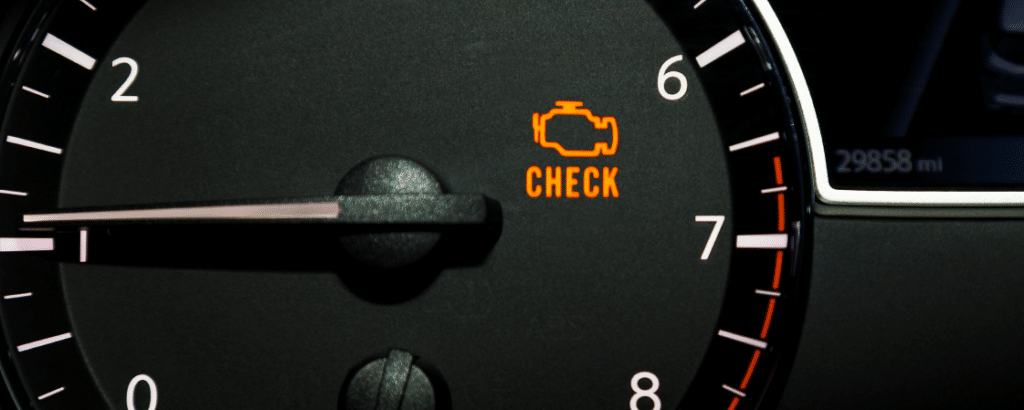Schedule Your Appointment Today!
Diagnostics
Shuttle Service
Loaner Vehicles
Digital Vehicle Inspections
After-hours Drop-off & Pick up
12 Month Warranty / 12,000 Mile
When the check engine light on your dash comes on, you need a certified and experienced auto technician to diagnose the problem. It’s not enough to pull the code and replace the part. In many cases, it’s not the part that’s causing the problem – the readings are not within standards. Reading the codes with our diagnostic equipment is only part of the diagnostic process.
Yocum Automotive in Republic, MO, has A.S.E. Certified auto technicians who can properly diagnose and repair issues that cause the check engine light to come on.

California was one of the first states to require auto manufacturers to install onboard diagnostics (OBD) on vehicles. In 1994, The Environmental Protection Agency (EPA) required manufacturers to provide onboard diagnostics on all light-duty vehicles and light-duty trucks. Onboard diagnostics did not become mandatory for heavy-duty vehicles until 2005.
It wasn’t until 2008 when the EPA finalized the onboard diagnostic regulations for heavy-duty vehicles weighing over 14,000 pounds GVWR. Manufacturers had until 2010 to implement the regulations.
Now, every vehicle has to have OBD II diagnostics. Diagnostic equipment hooks into the vehicle’s OBD II system via a port, which is usually located under the driver’s side dash.
Every vehicle has at least one computer – the electronic control module (ECM). The ECM uses sensors to determine many things on the vehicle, including air-to-fuel ratio, when you’re stepping on the accelerator, how much unburned gas is in the exhaust and more.
The ECM’s programming includes variables for each sensor. If the sensor sends a variable that is out of range, the computer tries to make adjustments. If the variables remain out of range, the computer stores a diagnostic code and illuminates the check engine light to warn you something is wrong.

After Hours
Drop-OFF
After Hours
Drop-OFF


If the check engine light illuminates, it could be something minor or something serious. You don’t know until a certified technician pulls the codes and diagnoses the problem. It’s not as easy as pulling the code and calling it a day when the code tells you a specific sensor isn’t working.
Vehicles have two types of sensors. The first type reads what the engine is doing and sends the information to the computer for adjustments. The second type makes the adjustments. For example, the oxygen sensor tells the computer how much unburned gas is in the exhaust.
If the engine is running lean – not enough fuel – or rich – too much fuel – the computer makes adjustments to the air-to-fuel mixture. It usually means the engine is not getting the 14:1 mixture it is supposed to get.
An example of the second type of sensor is the throttle position sensor. It senses how much throttle you are asking for and lets the computer know so it can allow more air and fuel into the intake.
Some issues are not serious enough to cause extensive damage if you take a few days to get your vehicle diagnosed, such as an oxygen sensor. However, if the code is for a knock sensor, which senses knocking in the engine, or a camshaft sensor, which senses the timing is off, you could do extensive damage to the engine by driving the vehicle without getting the issue repaired.

We are an AutoTechIQ Certified business.
We have the diagnostic equipment required to diagnose every problem with most makes and models. Our certified technicians start by reading the codes and then trace the issue. For example, an oxygen sensor code could mean several things, including:
Our experienced technicians trace the issue and make the necessary repairs. They must look at several factors unless one of the factors is blatantly obvious. For example, if all the spark plugs are excessively worn, you can pretty much guarantee that’s the problem. However, if only one spark plug is excessively worn, that’s most likely a symptom of another problem.
Contact Info
Opening Hours